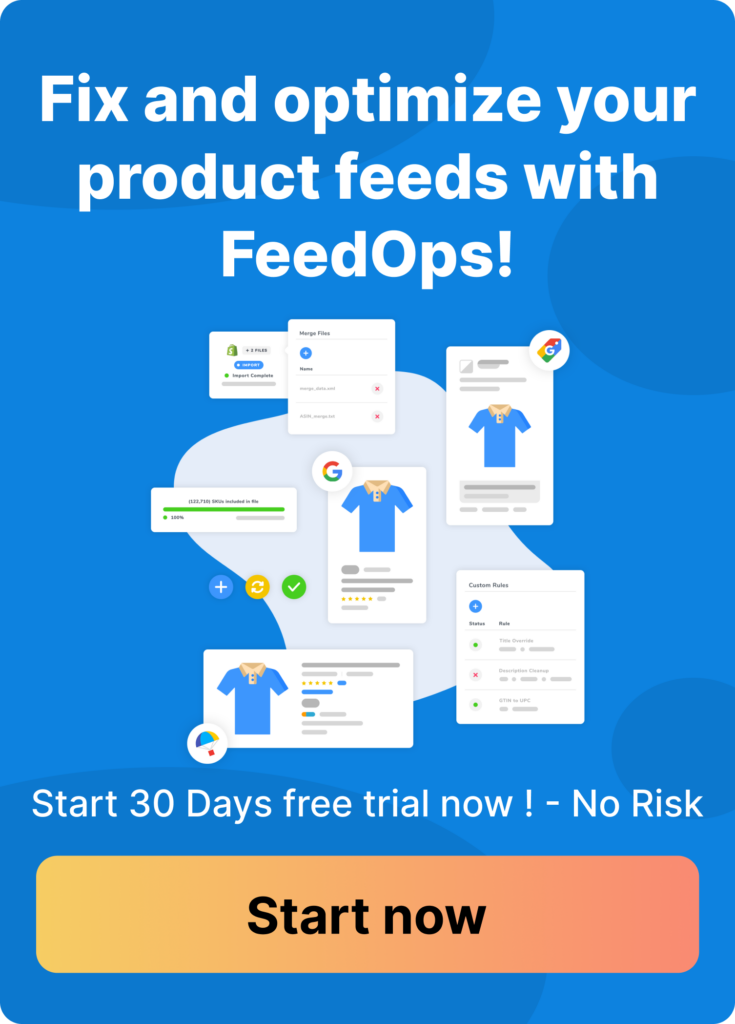Introduction
Local inventory ads are an additional layer of local data that allows e-commerce retailers to connect with their local customer base like never before. These ads are designed to promote products to nearby shoppers, providing real-time information about a product’s availability in nearby store locations.
But what exactly are local inventory ads, and how can they benefit e-commerce retailers?
Local Inventory Ads Explained
Local inventory ads, commonly referred to as LIAs, are a type of digital advertising specifically tailored to bridge the gap between online shopping and in-store purchases. These ads enable e-commerce retailers to showcase their products to potential customers who are in their area and are searching for their products.
LIAs display essential product details, such as the item’s name, price, and availability, along with the location of nearby stores that carry the product. This real-time inventory information is invaluable for customers, allowing them the choice to shop however they please. LIAs can bridge the gap between online shopping and the physical brick-and-mortar store experience.
LIAs give an extra option to potential buyers and they can be a great way to attract local customers to a retailer’s physical store, providing a seamless customer experience. As an example, customers can do their research online then go into the physical store to purchase or try on / inspect the item. They can utilise popular options like ‘Click and Collect’ should they want the item immediately and not have to wait for delivery.
Now that we have a good idea on this ad format, let’s delve into the positives and negatives that Local Inventory Ads offer to eCommerce retailers.
The Positives of Local Inventory Ads
Cost-Effective Advertising: Local Inventory Ads are cost-effective, and have proven their value with high engagement and click through rates, even when compared to similar digital ads. You can target potential customers who are more likely to convert within a certain radius from your store, for example, thus maximising conversions and minimising wasted ad spend.
Promote In-store Inventory: Local inventory ads drive customers to your physical locations, increasing foot traffic and the potential for additional in-store sales. As LIAs are connected to your local inventory feed, the potential buyer has real time information about the in store products. With this omnichannel approach, you can appear across a broad range of searches as your ads can trigger for both Shopping Ads and LIAs across both mobile and desktop.
Better Measurement: Stores have the ability to monitor the impact that digital ads have on foot traffic and in-store sales, and Google can provide you with store visit data to help determine the true offline impact of your LIAs. This can bridge the gap between on and offline, and also show the contribution that your digital campaigns have on in-store purchases.
Improved Customer Experience: By providing real-time information on product availability, local inventory ads give customers the opportunity to shop how they want and make informed decisions. As they can easily check if a product is in stock at a nearby store, enhancing their shopping experience.
Edge Out Your Competition: Many e-commerce retailers are yet to fully embrace and harness the potential of local inventory ads. Savvy ecommerce marketers can gain a competitive edge in this space and establish your brand as a leader across both online and offline shopping.
Are There Any Negatives With LIAs?
We have listed the advantages of Local Inventory Ads (LIAs) offer, now let’s take a look at the disadvantages.
The only real downside to Local Inventory Ads are that they do require a proper setup and also an ongoing maintenance piece. You definitely need expertise in setting these up to avoid problems later down the line. An experienced developer, with knowledge of Local Inventory Ads is a must to go down this path.
Local inventories from each location needs to be synced to Google Merchant Centre, that is the quantity in stock for each location, as well as the pricing for each SKU at every location (should it differ from the website). These data points can be pulled from the back end of the website, ERP / Point of Sale (POS) system, for example. Any issues with the data flow here can lead to Merchant Centre suspension warnings stemming from mismatching of pricing and availability.
Ongoing maintenance is important for LIAs, as the last thing you want is to get your account suspended. Retailers need to ensure that they have the resources to stay on top of any issues that may arise, so it does not lead to bigger issues. Some items may start to get disapproved, should there be mismatches, leading to the worst case scenario or accounts getting flagged and then suspended. Regular monitoring of the Merchant Centre is needed, taking appropriate and proactive steps as and when required.
Don’t Be Afraid To Call In The Experts
If you need help with implementation of LIA’s, or have any questions on them, then please get in touch with FeedOps.
The team have successfully rolled out many LIA projects for some of Australia’s top retailers and will be happy to support you on your project. Let us guide you in the right direction and discuss the best way forward.
Final Thoughts
By providing customers with these extra options, LIAs attract local customers to physical stores and enhance the overall customer experience. It enables consumers to interact with a retailer in both the online and offline worlds.
In summary, Google Local Inventory Ads are a powerful tool for retailers to promote their products to local customers, provide real-time inventory information, and create a seamless bridge between online and in-store shopping.
These ads contribute to a successful omnichannel strategy and enhance the visibility and accessibility of a retailer’s products in the local market.



